This article was co-authored by Chris M. Matsko, MD. Dr. Chris M. Matsko is a retired physician based in Pittsburgh, Pennsylvania. With over 25 years of medical research experience, Dr. Matsko was awarded the Pittsburgh Cornell University Leadership Award for Excellence. He holds a BS in Nutritional Science from Cornell University and an MD from the Temple University School of Medicine in 2007. Dr. Matsko earned a Research Writing Certification from the American Medical Writers Association (AMWA) in 2016 and a Medical Writing & Editing Certification from the University of Chicago in 2017.
This article has been viewed 56,196 times.
A corn is a hardened callus section of the foot made of dead skin. Corns are not usually a serious medical problem, but can be painful and annoying. There are several ways to identify and then treat a corn.
Steps
Recognizing Symptoms
-
1Learn what a corn looks like. In order to assess whether you have corns, you should first learn the basic physical appearance of corns. Corns are usually found on feet, due to the friction provided by footwear; however, they can be found on any part of the body exposed to friction from fabric and other materials, like the hands, elbows, and knees.[1]
- The skin texture of corns varies, but skin can be waxy, dry, transparent, or a horny mass found on a bony texture of the body.
- Corns can be either hard or soft, but usually have a harder center surrounded by softer, slightly discolored skin.
-
2Differentiate between a corn and a callous. Callouses and corns are similar in that they develop in response to the same kinds of pressures on the feet and hands; however, there are some notable differences between callouses and corns.[2]
- Corns are usually off-white or yellow, while callouses vary in color. They can be white, gray-yellow, brown, and red.
- Callouses have no distinct borders while corns are confined to distinct borders on the skin that are visible to the naked eye.
- Callouses are frequently painless and, if they do cause pain, it's a tender pain like an occasionally throbbing or burning. Corns are frequently painful, especially in response to even light touch.
- Callouses tend to be a lot bigger than corns and their shape is less uniform and round.
Advertisement -
3Learn the common places where corns appear. Corns are more likely appear in certain areas. Knowing where you're most likely to find corns can help you tell the difference between corns and other skin problems.[3]
- Corns often appear on the bottom or sole of the foot or over the arch of the foot.
- As the outside of the fifth toe, the "pinky toe," frequently rubs against footwear, corns are likely to appear here.
- Corns also often appear between the fourth and fifth toe, as these toes are pressed together while walking and running.
Assessing Your Risk
-
1Asses your footwear. Improper footwear can increase your risk for corns. If your shoes are too loose or too tight, corns may be more likely to develop.[4]
- Loose shoes can cause your feet to move around within the shoe throughout the day, rubbing against its bottom and sides. Your feet may also rub against seams or stitches inside shoes. This friction can result in corns.
- Tight shoes and heels can also lead to corns by constricting your feet and causing increased friction. Toes can also be pressed together, causing irritation that leads to corns.
- Wearing shoes without socks may increase your risk for corns.
-
2Understand the risk associated with other foot problems. Certain preexisting foot problems can increase your risk for developing corns. Know if you have any conditions that could make corns more likely.[5]
- A bunion is when the joint of the big toe sticks outward while the big toe points inward towards the other toes on the foot. This can cause toes to rub together, increasing the likelihood of corns developing.
- A hammer toe is a toe with a bent middle joint. If any of your toes are hammer toes, corns are more likely.
- Bony feet tend to be more susceptible to corns as there's a lack of natural cushioning that can protect against corns.
-
3Learn what activities increase risk. Certain activities can increase your risk of developing corns. You may be at an increased risk if you engage in any of the following activities:[6]
- Running or jogging
- Working a job that requires a great deal of physical labor
- Playing a musical instrument, like the guitar, that requires heavy use of the hands
Seeking Treatment
-
1Try home remedies first. As corns are rarely serious medical problems, you can start off treating them with home remedies. Most corns will successfully respond to at home treatment.[7]
- Over-the-counter medicated pads, usually containing salicylic acid, can be placed over the corn to protect against infection while it heals.
- Soaking your hands or feet in warm, soapy water for about 20 minutes at a time can soothe irritation associated with corns and lessen symptoms.
- You can rub corns with a pumice stone, nail file, or washcloth to pair down tough skin. Such products can be bought at most drugstores.
- Always wear comfortable shoes and socks. This can reduce existing corns and prevent the development of foot problems down the road.
-
2Talk to a doctor if symptoms persist. If symptoms do not improve with at-home treatments, or you suspect an infection, make an appointment with a podiatrist (a doctor who specializes in treating feet) to assess the problem. A doctor can help work with you to reduce symptoms.[8]
- A doctor can use a scalpel to trim down excess skin around the corn.
- Certain medications can be prescribed to reduce corns and callouses. Your doctor will prescribe medication based on your medical history and go over proper usage and potential side effects with you. If infection is a risk, your doctor might also recommend an antibacterial ointment.
- If your corns are caused by an underlying foot deformity, your doctor might prescribe custom-made padded shoe inserts to address the problem.
-
3Understand when emergency care might be needed. Corns are rarely a medical emergency, but certain complications may arise that require immediate medical treatment. Go to the ER if you experience any of the following symptoms in relation to corns:[9]
- Increased pain, swelling, and redness around the corn
- Fever
- Changes in color of fingers and toes
- Any unusual drainage around the sore
References
- ↑ https://my.clevelandclinic.org/health/diseases/16896-corns-and-calluses
- ↑ https://www.nhs.uk/conditions/corns-and-calluses/
- ↑ https://my.clevelandclinic.org/health/diseases/16896-corns-and-calluses
- ↑ https://www.nhs.uk/conditions/corns-and-calluses/
- ↑ https://www.uofmhealth.org/health-library/ug2399
- ↑ https://www.urmc.rochester.edu/encyclopedia/content.aspx?ContentTypeID=85&ContentID=P00271
- ↑ https://www.urmc.rochester.edu/encyclopedia/content.aspx?ContentTypeID=85&ContentID=P00271
- ↑ https://www.health.harvard.edu/pain/calluses-and-corns
- ↑ https://myhealth.alberta.ca/Health/aftercareinformation/pages/conditions.aspx?hwid=ad1372
About This Article
To know if you have corns, look for waxy or dry skin on your feet, elbows, knees, or any other part of your body exposed to friction. You may also see a hard center surrounded by discolored softer skin. Make sure to pay special attention to the soles and arches of your feet, and your pinky toe, since these body parts frequently experience friction. Once you’ve identified a corn, try soaking your feet in warm, soapy water for 20 minutes to reduce irritation. If it includes a build-up of tough skin, use a pumice stone or nail file to rub it. Although corns rarely require medical treatment, make an appointment with a podiatrist, who specializes in feet care, if it has not healed after several days. For tips from our Medical co-author, including how to reduce your risk of developing corns, keep reading!
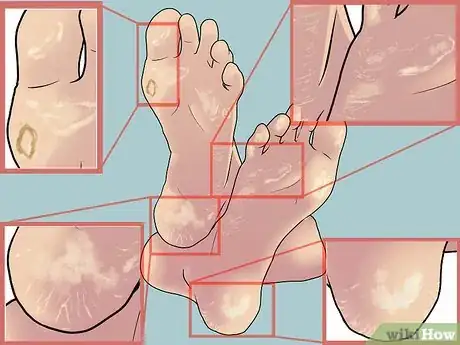
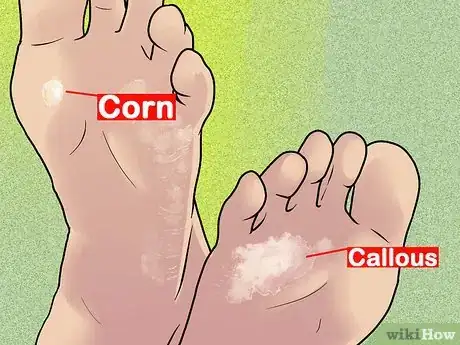
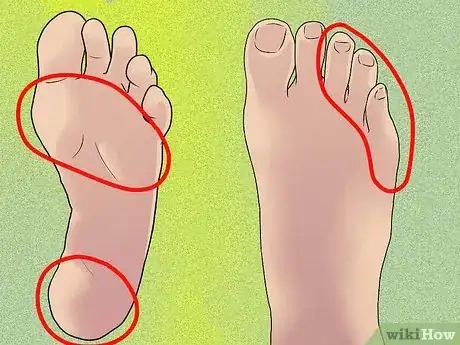
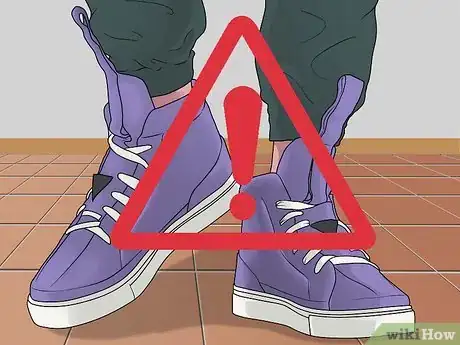
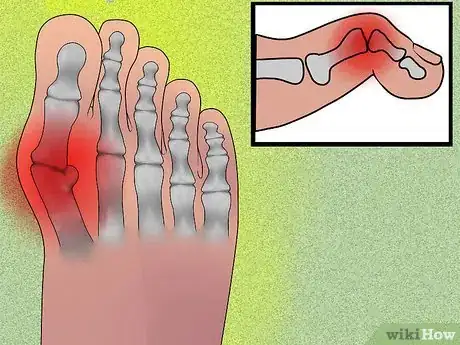

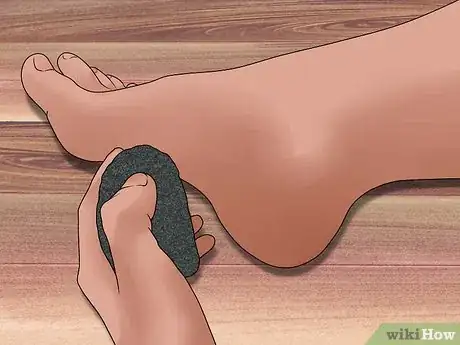
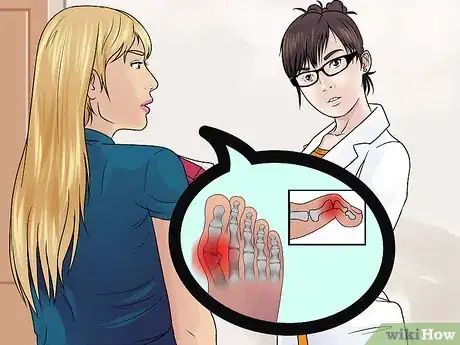
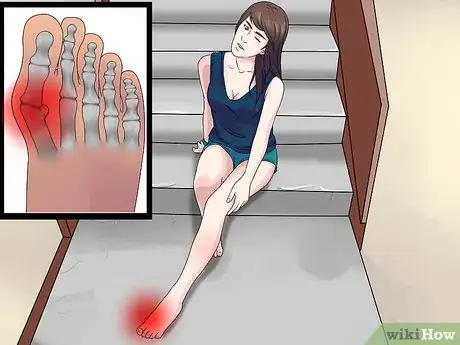
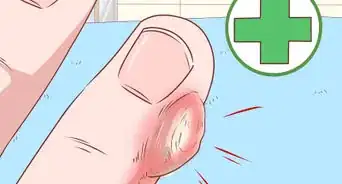
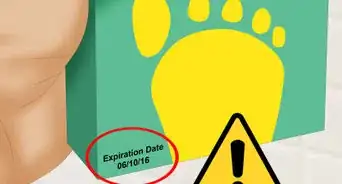
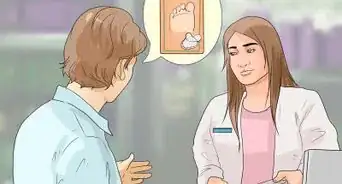
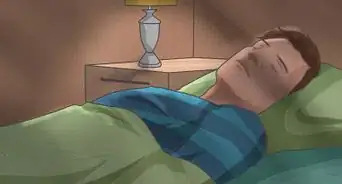
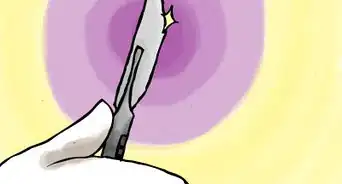
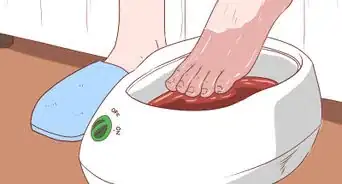

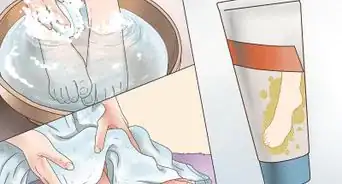
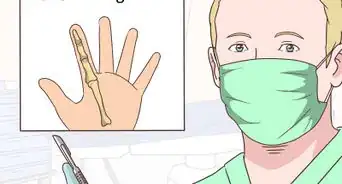
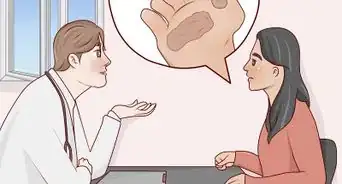
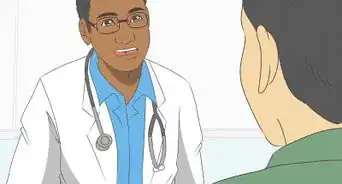
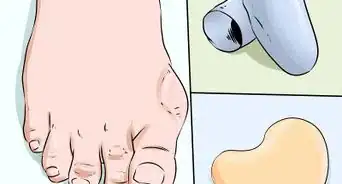










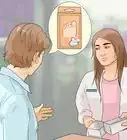
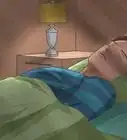



































Medical Disclaimer
The content of this article is not intended to be a substitute for professional medical advice, examination, diagnosis, or treatment. You should always contact your doctor or other qualified healthcare professional before starting, changing, or stopping any kind of health treatment.
Read More...